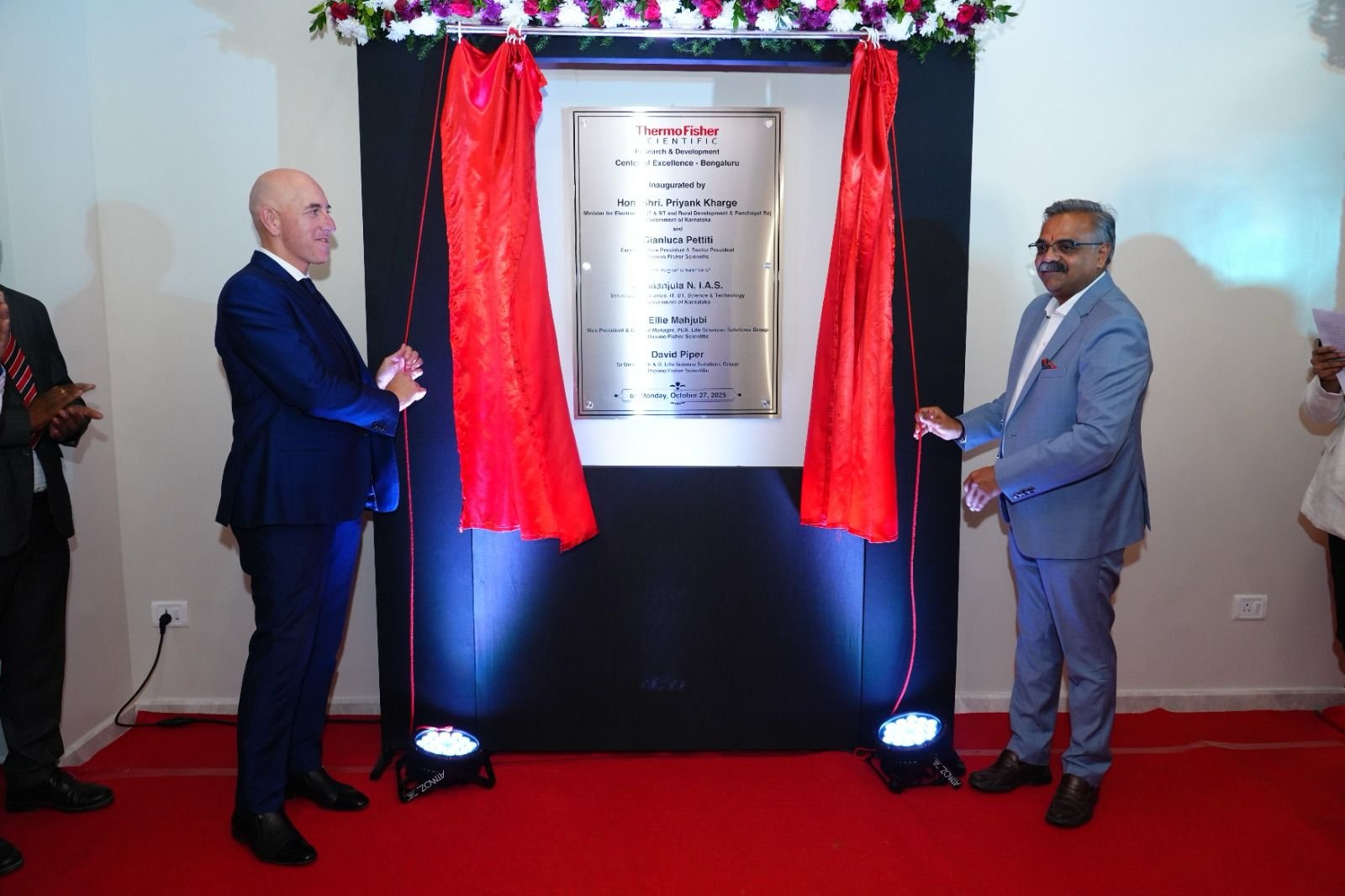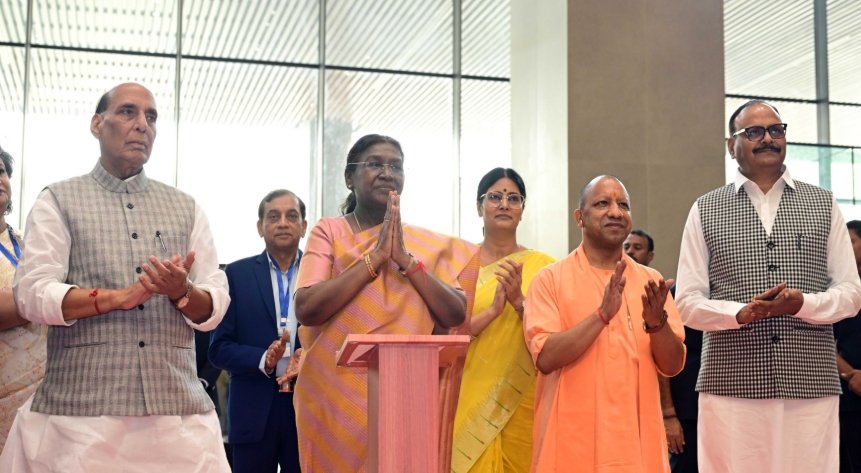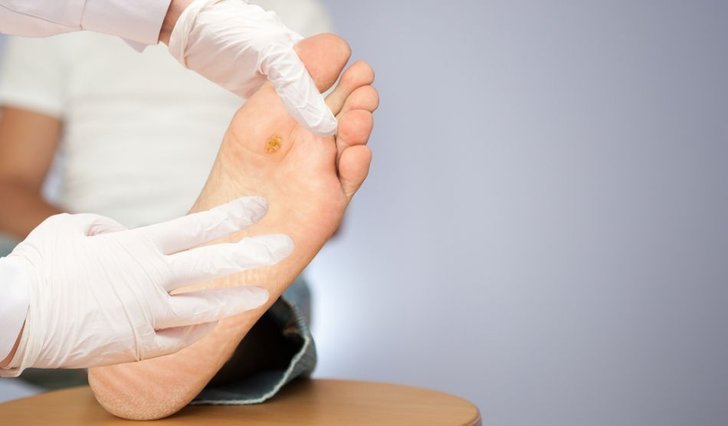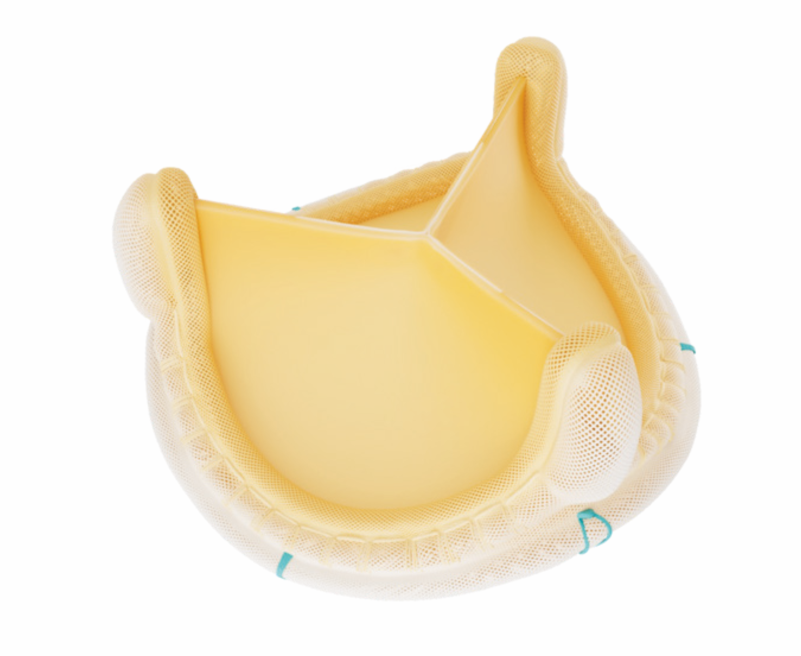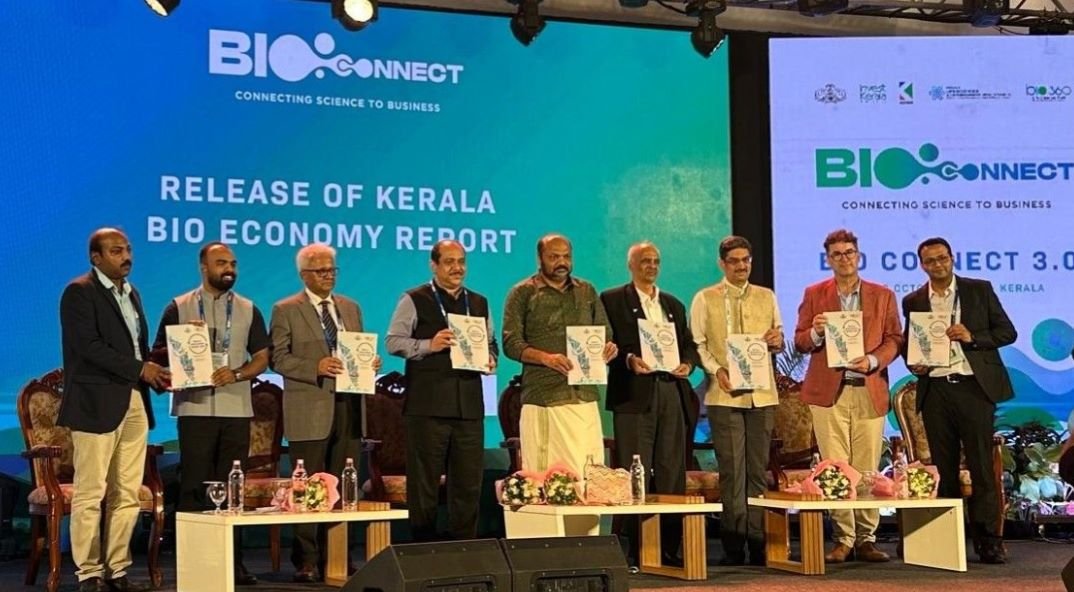Unleashing Potential of Regenerative Engineering
September 01, 2023 | Friday | Views | By Dr Kavita Arora- Partner and Patent Attorney, K&S Partners
Indian bioprinting industry has a few hurdles to overcome, such as limited funding, infrastructure needs, and the development of a skilled workforce
The global 3D bioprinting industry has experienced remarkable growth over the past decade, with patent activities providing insight into its development. On an international scale, China is leading the race with the highest number of bioprinting patent applications. This robust patent activity spans diverse areas, from bio-inks to the bioprinting of scaffolds, tissues, ex vivo liver regeneration, 3D organs/organoids, and engineered 3D liver tissue constructs.
The Indian bioprinting industry, albeit in its nascent stages when compared to its global counterparts, has shown recent evidence of robust innovation and growth, particularly in the realm of patent applications. Patent applications related to bioprinting processes, bio-inks, and associated technologies, ranging from bone screw assemblies for prosthesis attachment to the bioprinting of portable systems for live cell printing and multi-layered wound dressings, have seen growth, amongst others. Interestingly, against global trends, Indian applications for bioprinting reached a peak during the COVID-19 pandemic in 2021.
However, patenting for 3D bioprinting is not without its challenges in India. While patenting bio-inks, bioprinters, and associated manufacturing processes does not pose significant issues, patenting of tissues or organs requires a thoughtful and innovative approach due to certain exclusions under Section 3 of the Indian Patent Act. This is primarily due to specific exclusions under Section 3 of the Act, which covers non-patentable subject matter in India. For example, section 3(b) prohibits patents that could be contrary to public order or morality, or cause serious prejudice to human, animal, or plant life or health, or the environment and Section 3(j) prohibits patenting of plants and animals: in whole or any part thereof' and 'essentially biological processes for production or propagation of plants and animals'.
Overcoming these challenges calls for creative strategies for drafting patent applications and claims. Important aspects to highlight include in vitro conditions, human intervention, non-biological processes and components, ethical concerns, and the assurance that the invention doesn't violate public order or morality. For instance, when pluripotent stem cells are used, the patent application should specify that their use does not involve the destruction of human embryos and should disclose the ethical source and geographical origin of such stem cells.

(Indian patent applications filed between March 2013 and March 2023)
As the need for effective and affordable healthcare solutions grows rapidly in India, given its large population and increasing burden of chronic diseases, bioprinting could prove to be a game-changer. The creation of 3D tissues and organs for transplantation, disease modelling, and drug screening could significantly advance healthcare outcomes. Indeed, the Indian bioprinting industry has a few hurdles to overcome, such as limited funding, infrastructure needs, and the development of a skilled workforce. However, these challenges also act as catalysts, pushing the industry towards self-reliance and sustainability, which in the long run, will fortify the industry, making it accessible and attractive to researchers and medical professionals.
The government's 'National Strategy on Additive Manufacturing' (AM) is a significant step in bolstering India's position on the global AM stage. This strategy underscores the necessity of removing barriers for the adoption of AM technology, including those related to patents, materials, and machinery. Moreover, it proposes the timely updating of regulations to address emerging legal and ethical issues, paving the way for an environment conducive to AM growth. In this endeavour, Intellectual Property Rights (IPR) have a crucial role to play in safeguarding the interests of inventors and fuelling innovation.
While there are challenges in the Indian bioprinting industry, there are also clear signs of progress and opportunities for growth. The recent surge in patent applications indicates a focus on innovation and research in the domain of bioprinting, demonstrating the potential for India to position itself as a leader in the field. It is critical that these opportunities are harnessed, and the challenges addressed, to enable the country to contribute meaningfully to global medical research and healthcare solutions.
Dr Kavita Arora- Partner and Patent Attorney, K&S Partners




